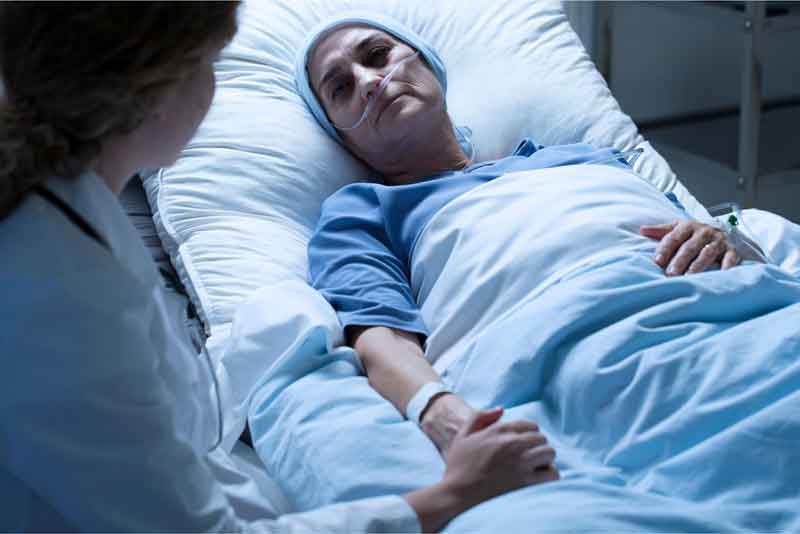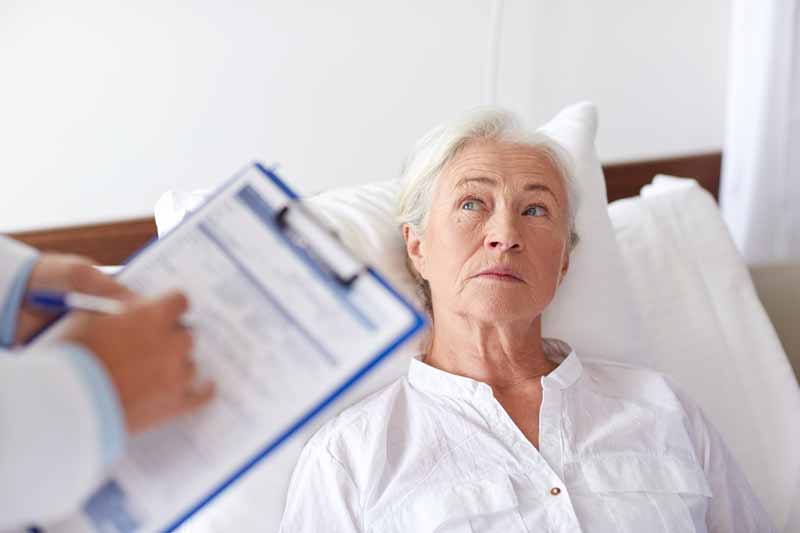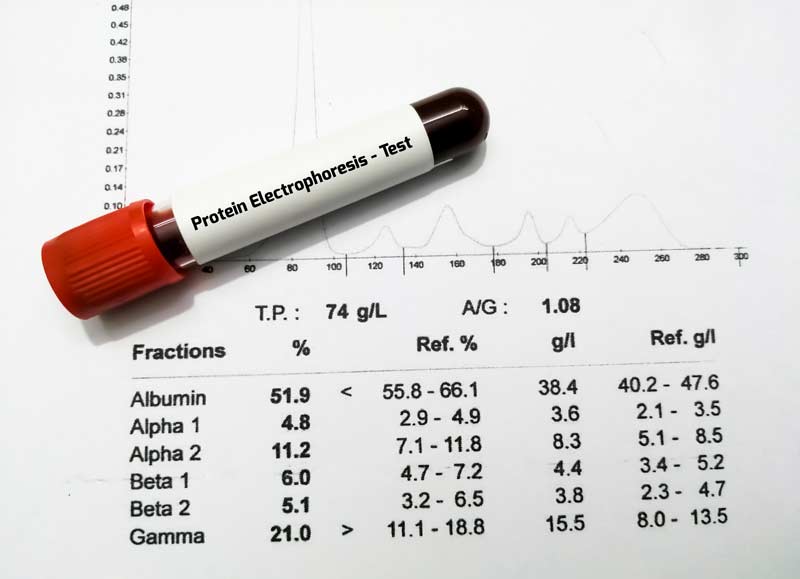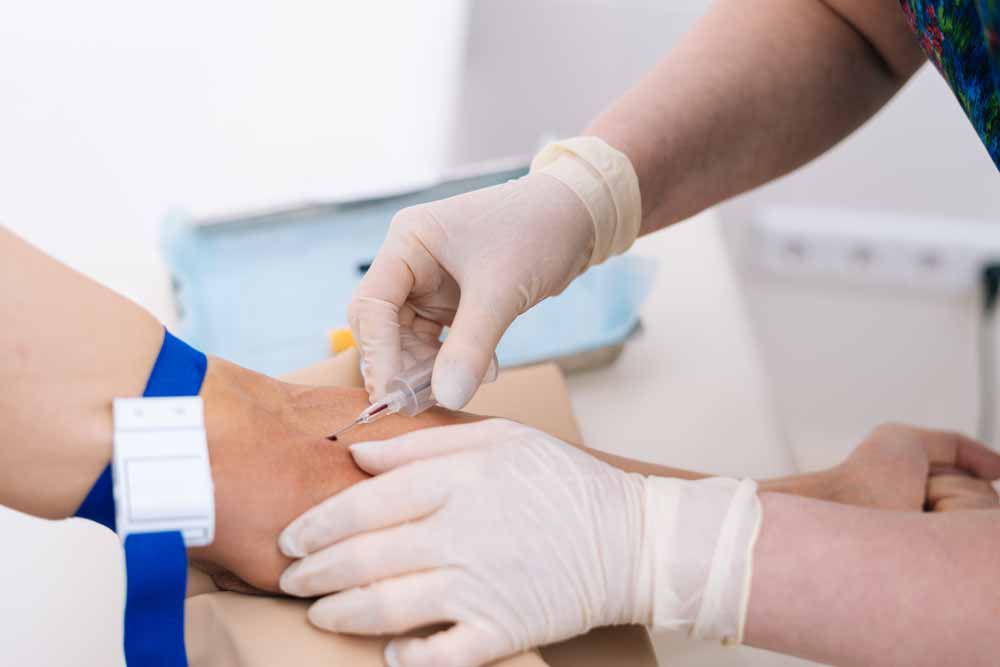The Hamilton Anxiety Rating Scale (HAM-A/HARS) online calculator

The Hamilton Anxiety Rating Scale evaluates anxiety levels based on clinical questions, quantifies the severity of anxiety syndrome, and is often used to evaluate antipsychotic drugs.
It consists of 14 indicators, each of which is defined by several symptoms. Each indicator is rated on a 5-point scale from 0 (none) to 4 (severe). The Hamilton Anxiety Scale can help objectify and rate the severity of a patient’s anxiety.
The Hamilton Anxiety Scale can help objectify and assess the severity of a patient’s anxiety.
Each parameter is assessed according to the level of severity:
Point Values:
0=Not Present
+1=Mild
+2=Moderate
+3=Severe
+4=Very Severe
To assess the Hamilton anxiety scale, it is necessary to add the selected points.
| 1. Anxious mood: Worries, anticipation of the worst, fearful anticipation, irritability. | Not Present | 0 |
| Mild | +1 | |
| Moderate | +2 | |
| Severe | +3 | |
| Very Severe | +4 | |
| 2. Tension: Feelings of tension, fatigability, startle response, moved to tears easily, trembling, feelings of restlessness, inability to relax. | Not Present | 0 |
| Mild | +1 | |
| Moderate | +2 | |
| Severe | +3 | |
| Very Severe | +4 | |
| 3. Fears: Of dark, of strangers, of being left alone, of animals, of traffic, of crowds. | Not Present | 0 |
| Mild | +1 | |
| Moderate | +2 | |
| Severe | +3 | |
| Very Severe | +4 | |
| 4. Insomnia: Difficulty in falling asleep, broken sleep, unsatisfying sleep and fatigue on waking, dreams, nightmares, night terrors. | Not Present | 0 |
| Mild | +1 | |
| Moderate | +2 | |
| Severe | +3 | |
| Very Severe | +4 | |
| 5. Intellectual: Difficulty in concentration, poor memory. | Not Present | 0 |
| Mild | +1 | |
| Moderate | +2 | |
| Severe | +3 | |
| Very Severe | +4 | |
| 6. Depressed mood: Loss of interest, lack of pleasure in hobbies, depression, early waking, diurnal swing. | Not Present | 0 |
| Mild | +1 | |
| Moderate | +2 | |
| Severe | +3 | |
| Very Severe | +4 | |
| 7. Somatic (muscular): Pains and aches, twitching, stiffness, myoclonic jerks, grinding of teeth, unsteady voice, increased muscular tone. | Not Present | 0 |
| Mild | +1 | |
| Moderate | +2 | |
| Severe | +3 | |
| Very Severe | +4 | |
| 8. Somatic (sensory): Tinnitus, blurring of vision, hot and cold flushes, feelings of weakness, pricking sensation. | Not Present | 0 |
| Mild | +1 | |
| Moderate | +2 | |
| Severe | +3 | |
| Very Severe | +4 | |
| 9. Cardiovascular symptoms: Tachycardia, palpitations, pain in chest, throbbing of vessels, fainting feelings, missing beat. | Not Present | 0 |
| Mild | +1 | |
| Moderate | +2 | |
| Severe | +3 | |
| Very Severe | +4 | |
| 10 . Respiratory symptoms: Pressure or constriction in chest, choking feelings, sighing, dyspnea. | Not Present | 0 |
| Mild | +1 | |
| Moderate | +2 | |
| Severe | +3 | |
| Very Severe | +4 | |
| 11. Gastrointestinal symptoms: Difficulty in swallowing, wind abdominal pain, burning sensations, abdominal fullness, nausea, vomiting, borborygmi, looseness of bowels, loss of weight, constipation. | Not Present | 0 |
| Mild | +1 | |
| Moderate | +2 | |
| Severe | +3 | |
| Very Severe | +4 | |
| 12. Genitourinary symptoms: Frequency of micturition, urgency of micturition, amenorrhea, menorrhagia, development of frigidity, premature ejaculation,loss of libido, impotence. | Not Present | 0 |
| Mild | +1 | |
| Moderate | +2 | |
| Severe | +3 | |
| Very Severe | +4 | |
| 13. Autonomic symptoms: Dry mouth, flushing, pallor, tendency to sweat, giddiness, tension headache, raising of hair. | Not Present | 0 |
| Mild | +1 | |
| Moderate | +2 | |
| Severe | +3 | |
| Very Severe | +4 | |
| 14. Behavior at interview: Fidgeting, restlessness or pacing, tremor of hands, furrowed brow, strained face, sighing or rapid respiration, facial pallor, swallowing, etc. | Not Present | 0 |
| Mild | +1 | |
| Moderate | +2 | |
| Severe | +3 | |
| Very Severe | +4 |
Score interpretation:
- Scores ≤17 indicate mild anxiety severity.
- Scores of 18-24 indicate mild to moderate anxiety severity
- Scores of 25-30 indicate moderate to severe anxiety severity
- Scores >30 indicate severe anxiety
Register on our website right now to have access to more learning materials!
Subscribe to our pages:
Literature:
- Hamilton M. The assessment of anxiety states by rating. Br J Med Psychol 1959; 32:50–55 https://pubmed.ncbi.nlm.nih.gov/13638508/
- Maier W, Buller R, Philipp M, Heuser I. The Hamilton Anxiety Scale: reliability, validity and sensitivity to change in anxiety and depressive disorders. J Affect Disord 1988;14(1):61–8 https://pubmed.ncbi.nlm.nih.gov/2963053/ Per Bech. Measuring States of
- Anxiety with Clinician-Rated and Patient-Rated Scales, Different Views of Anxiety Disorders. 2011, DOI: 10.5772/21246 https://www.intechopen.com/books/different-views-of-anxiety-disorders/measuring-states-of-anxiety-with-clinician-rated-and-patient-rated-scales
Baseline Cardiovascular Risk Assessment in Cancer Patients Scheduled to Receive Cardiotoxic Cancer Therapies (Anthracycline Chemotherapy) – Online Calculator
Baseline cardiovascular risk assessment in cancer patients scheduled to receive cardiotoxic cancer therapies (Anthracycline Chemotherapy)…
National Institutes of Health Stroke Scale (NIHSS) – Online calculator
The National Institutes of Health Stroke Scale (NIHSS) is a scale designed to assess the…
Charlson Comorbidity Index (CCI) Online Calculator
Charlson Comorbidity Index predicts 10-year survival in patients with multiple comorbidities.
Multiple Myeloma Diagnostic Criteria – Online Calculator
Revised Multiple Myeloma International Staging System (R-ISS) Online Calculator
Revised Multiple Myeloma International Staging System (R-ISS) – prognostication tool for myeloma patients based on…
Multiple Myeloma International Staging System (ISS) Online Calculator
Multiple Myeloma International Staging System (ISS) prognosticates the severity of multiple myeloma based on routinely…











